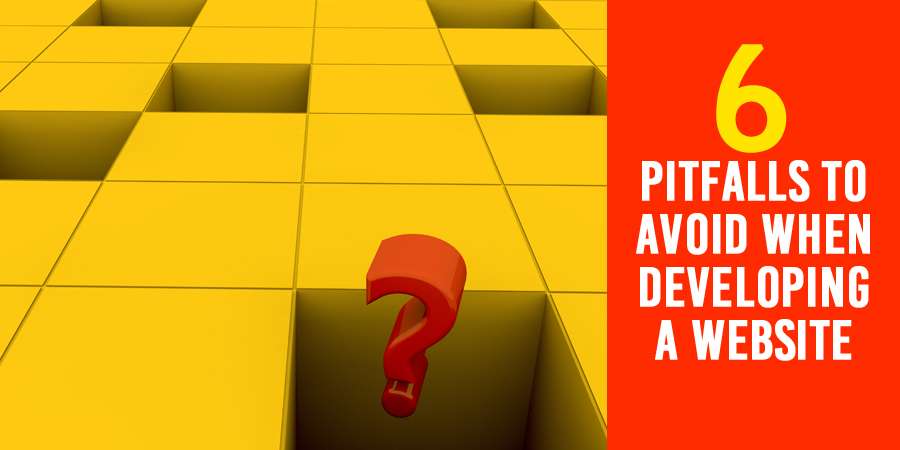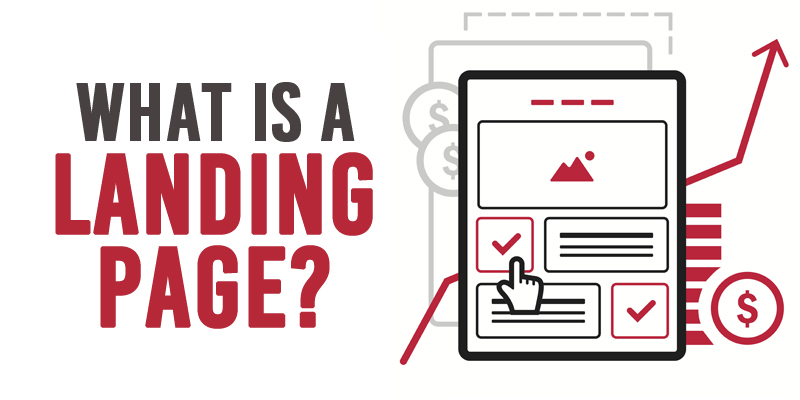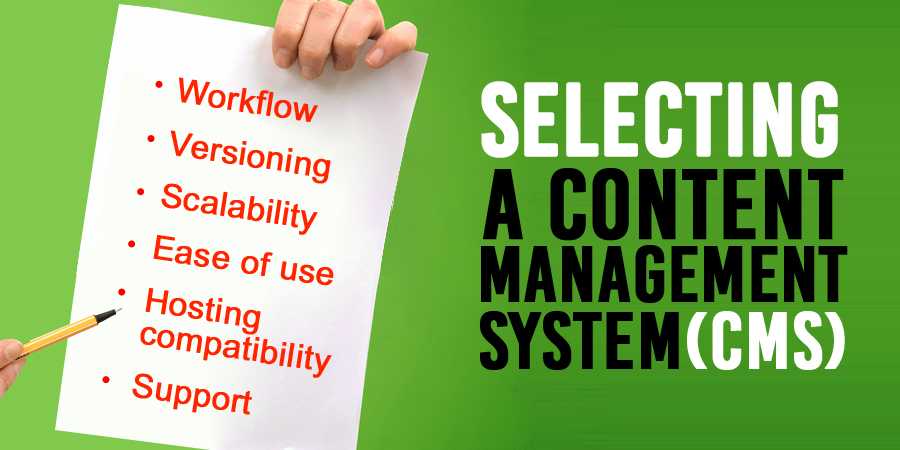The Mobile Web Comes of Age

According to a report by the BBC, as of the writing of this article, there is a 25% increase in the number of people accessing the internet from mobile devices. This huge increase has been made possible largely because wireless access technologies have advanced. The mobile web comes of age!
The iPhone is the first mobile phone to give users an enjoyable internet experience that is also easy to use. iPhone allows you to access the internet anytime, anywhere and without limitations from your mobile carrier or content restrictions like text scaled down to fit the screen.
RIM’s Blackberry is also gaining popularity in the smartphone arena. You can accomplish a large number





